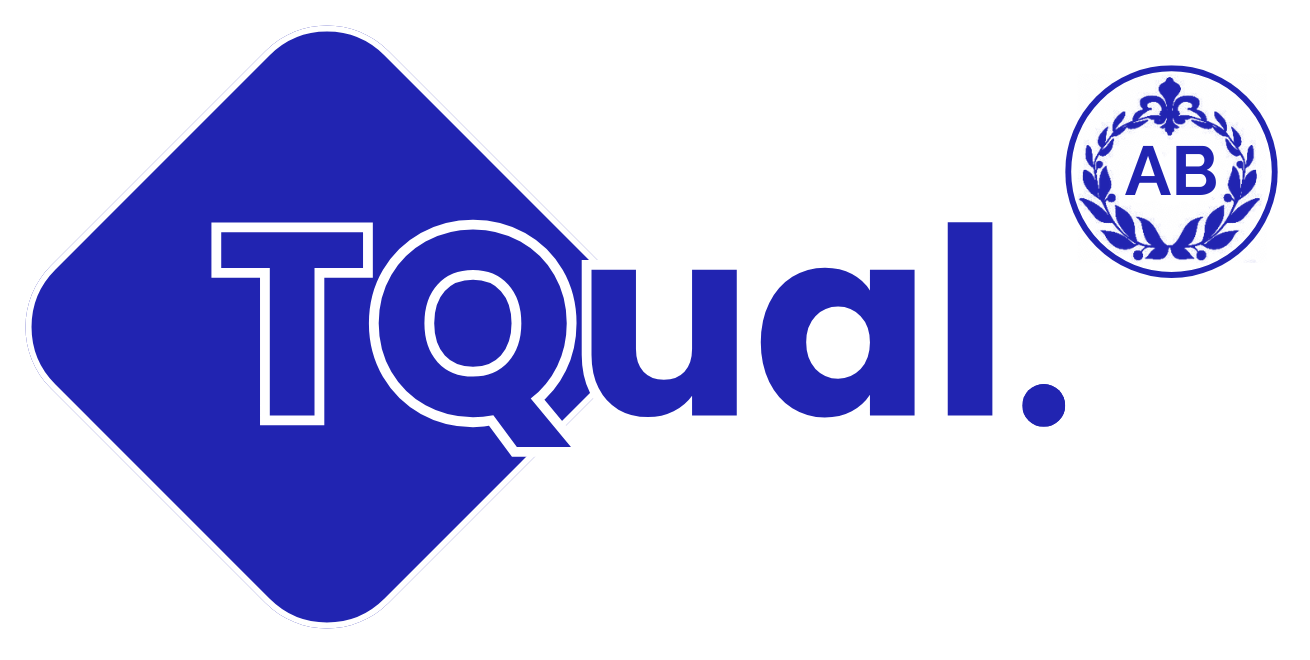ISO 55001 Asset Management System Internal Auditor Course: Empowering Professionals for Effective Asset Management
In today’s rapidly evolving business environment, effective asset management is crucial for organizations striving to optimize resources, mitigate risks, and achieve sustainable growth. The ISO 55001 Asset Management System standard provides organizations with a structured framework for managing their assets effectively throughout their lifecycle, improving performance, and delivering value to stakeholders. One essential component of ensuring compliance with ISO 55001 is through internal auditing, which serves as the mechanism for evaluating and improving the asset management system.
Overview of ISO 55001
ISO 55001, developed by the International Organization for Standardization (ISO), defines the requirements for establishing, implementing, maintaining, and continually improving an effective asset management system. The standard enables organizations to:
- Optimize the lifecycle management of physical and intangible assets
- Enhance asset performance and reliability
- Reduce costs associated with maintenance and asset failure
- Mitigate risks related to asset management
- Improve decision-making and resource allocation
- Align asset management with broader organizational goals and stakeholder expectations
By adhering to ISO 55001, organizations can ensure that their asset management practices are aligned with international best practices, which helps foster operational efficiency and long-term success.
The Role of Internal Auditors
Internal auditors play a pivotal role in ensuring that an organization’s asset management system is not only compliant with ISO 55001 but also effective in driving continuous improvement. Key responsibilities of internal auditors include:
- Evaluating system performance: Conducting audits to assess how well the asset management system is functioning and whether it meets the established objectives.
- Identifying areas for improvement: Pinpointing inefficiencies, gaps, and non-conformities within asset management practices and recommending corrective actions.
- Assessing compliance: Ensuring that asset management practices align with ISO 55001 standards and identifying any deviations that could jeopardize system effectiveness.
- Mitigating risks: Identifying potential risks in asset management practices and providing solutions for mitigation.
- Driving continual improvement: Recommending strategies for improving the asset management system to increase efficiency, reduce costs, and improve overall asset performance.
Internal auditing ensures that the organization remains compliant with the standard while also continually improving its asset management system, fostering a culture of excellence within the organization.
ISO 55001 Internal Auditor Course: Benefits and Learning Outcomes
The ISO 55001 Internal Auditor Course is designed to equip professionals with the knowledge, skills, and tools required to effectively audit asset management systems. The course covers key concepts, principles, and techniques of internal auditing, with a focus on the practical application of these principles in auditing asset management systems against ISO 55001 requirements.
By completing this course, participants will:
- Understand Asset Management Principles: Gain a deep understanding of the core principles of asset management, including life cycle management, risk-based approaches, and value optimization.
- Learn ISO 55001 Requirements: Develop knowledge of ISO 55001 requirements and how they apply to asset management systems, including risk management, asset performance evaluation, and continuous improvement.
- Master Internal Auditing Techniques: Learn the methodology of auditing, from audit planning and risk assessment to evidence gathering, reporting, and follow-up.
- Improve Audit Effectiveness: Develop skills in identifying non-conformities, assessing compliance, and recommending corrective actions to improve asset management practices.
- Foster Organizational Improvement: Understand how internal audits contribute to optimizing asset management processes, minimizing risks, and maximizing value from organizational assets.
Why Enroll in the ISO 55001 Internal Auditor Course?
Organizations that invest in internal auditing of their asset management systems gain several advantages, including:
- Enhanced Asset Management Practices: Well-trained auditors identify opportunities for improvement in asset management systems, helping organizations better utilize their assets and resources.
- Increased Compliance: Skilled auditors ensure that the asset management system remains in compliance with ISO 55001 and relevant regulations, reducing the risk of non-compliance and associated penalties.
- Risk Mitigation: Internal auditors identify and address risks in asset management practices, minimizing the likelihood of asset failure, downtime, and unforeseen costs.
- Cost Efficiency: By identifying inefficiencies and areas for optimization, auditors help organizations streamline asset management processes, leading to cost savings and better resource allocation.
- Sustainability and Long-Term Growth: Effective asset management is a cornerstone of sustainable business practices, and internal auditing ensures that the asset management system remains robust, flexible, and aligned with organizational goals.
Conclusion
The ISO 55001 Asset Management System Internal Auditor Course provides professionals with the expertise to audit asset management systems effectively, ensuring compliance with ISO 55001 and fostering continual improvement. As asset management becomes increasingly critical to organizational success, this course equips professionals with the tools to optimize asset performance, mitigate risks, and contribute to sustainable growth. By investing in this training, both individuals and organizations can drive operational excellence, enhance efficiency, and unlock the full potential of their assets.

